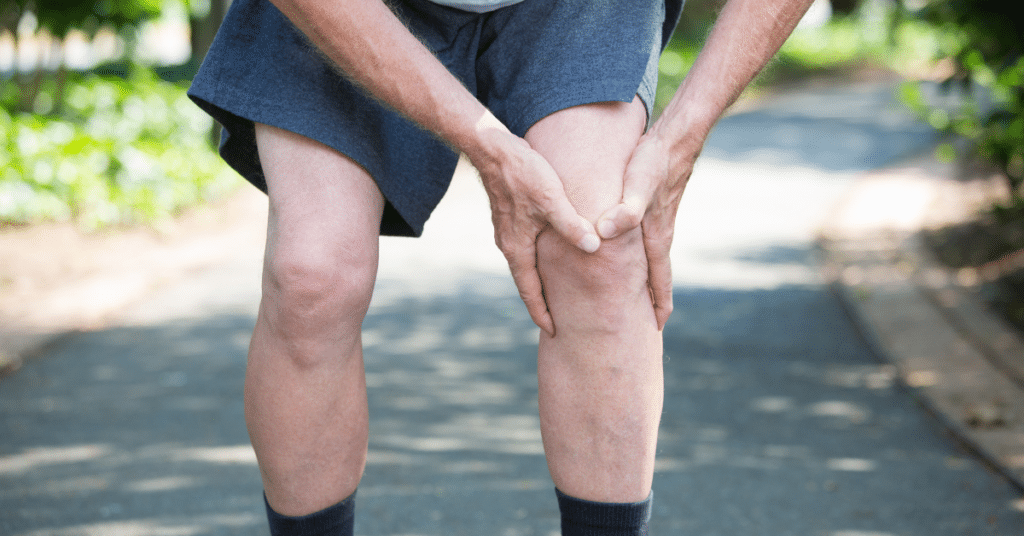The Wear and Tear of Aging
Ah yes, the wear and tear of aging. It’s happening to all of us, and it’s happening, to our knees.
Did you know that with every step, your knees typically absorb one and a half times your body weight?
You read that right.
That pressure, plus the wear and tear of time, weakens the muscles and ligaments. And, on top of that, the pads of cartilage called the menisci, which serve as the knee’s two shock absorbers begin to deteriorate. As well as the articular cartilage, which is the cartilage that protects the ends of the leg bones where they meet at the knee.
It is estimated that 27 million Americans are affected by osteoarthritis.
According to the Center of Disease Control and Prevention, the biggest factors contributing to OA are:
- Biomechanics – A previous injury or instability can affect the progression of osteoarthritis.
- Weight- Being overweight puts added stress on the knee joints, causing pain and worsening OA damage.
- Genetics – Osteoarthritis tends to run in families, although we don’t yet fully understand why.
- Smoking – Research shows that smoking tobacco is linked to decreased joint health and slows down the healing process.
- Other conditions – People who suffer from rheumatoid arthritis are more likely to develop osteoarthritis.
Though we can not stop the aging process, there are plenty of things we can do to help to slow down and minimize the symptoms and severity of osteoarthritis.
Osteoarthritis has been shown to respond well to exercises that help to maintain motion and improve strength.
OA can also respond well to:
- Anti-inflammatory medications, such as aspirin or ibuprofen.
- RICE therapy, which is Rest, Ice, Compression, and Elevation, can help reduce swelling and pain.
- Physical therapy. Practicing strengthening exercises that can relieve the pressure on your knees.
- Knee braces can take pressure off the arthritic area.
- Cortisone injections. An occasional injection of this steroid may lessen the swelling and achy pain.
- Lubricant injections. Can help the knee move more smoothly if the arthritis isn’t too severe.
- Genicular artery embolization. This minimally invasive procedure alleviates knee pain by targeting inflammation.
The impact of time on the wear and tear of the knees may be to some degree inevitable, but that’s not to say it isn’t treatable.
To learn more about decreasing pain and increasing mobility with treatment options such as GAE, check out this previous article or please call our office to set up a consultation today.


